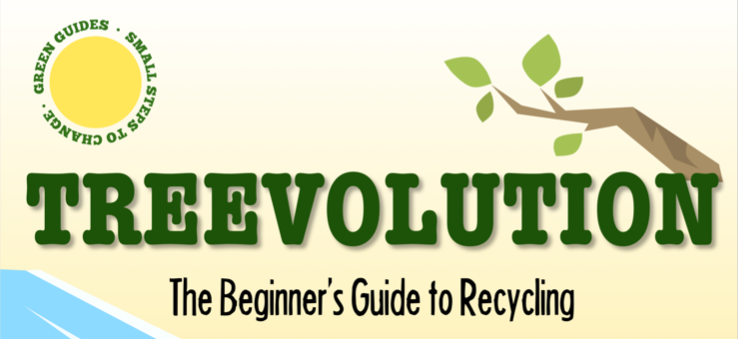Photo: Nicolas Horn on Unsplash
How to crack glass recycling
Glass is an extraordinary material – a transparent wonder made at high temperatures using sand, soda ash and limestone.
Compared with making glass from scratch, melting recycled or waste glass (known as cullet) happens at a lower temperature, saving energy.
The Glass Recycling Company, an NPO that works with South African glass producers, says:
- Recycling just one bottle saves enough energy to power a fluorescent light bulb for 7 hours
- If transportation and processing are taken into account, every tonne of glass made out of recycled glass saves 670kg of carbon dioxide emissions
- Recycling glass helps free up space in landfills
Not all glass is created equal and some kinds of glass need their own disposal process. But let’s start with glass that is easy to recycle.
Normal glass
Most packing glass can be recycled at regular glass banks. This includes
- Cooldrink, beer and wine bottles
- Tomato sauce and mayonnaise bottles
- Jam and pickle jars
- Baby food bottles
- Cosmetics and medicine bottles
Special glass
Some glass products cannot be processed at regular glass banks because they may be heat resistant, which means they will have different melting points to normal glass, or they may contain metal, plastic or toxic substances.
These products need to be disposed of separately
- CFL or energy-saving light bulbs, as these have mercury in them
- Mirrors, window glass
- Oven-safe dishes
- Car windscreens
- Ceramic dinnerware
- Clay plant containers

How to recycle glass
It’s never too late to start recycling at home – or encouraging it at your workplace, your children’s school or community centre.
- Clean the jars or bottles. Remove lids or caps and rinse out the jar with water. It is not necessary in South Africa to separate coloured and clear glass.
- Drop off your containers at a glass bank or recycling point. These can be at municipal refuse drop-off sites or buy-back centres, as well as at garages and shopping centres.
Reuse or return
Because glass is 100% recyclable and can be endlessly recycled without losing quality, consider reusing first, upcycling second and recycling third.
Another way to stop even more glass from landing up in our landfills is to take returnable bottles to the shop where you bought them. These are sent back to the manufacturers, cleaned and sterilised and then refilled.
Returnable bottles include
- Large beer bottles (quarts, not dumpies)
- Glass cooldrink bottles
- Most spirit and liquor bottles
Notebook
- Find your nearest glass recycler in our recycling directory
- The Glass Recycling Company
- How to: Upcycle heat-resistant casserole lids into bird baths
- Watch: Turn a broken mirror into a mosaic
- Read our Treevolution Recycling Guide

